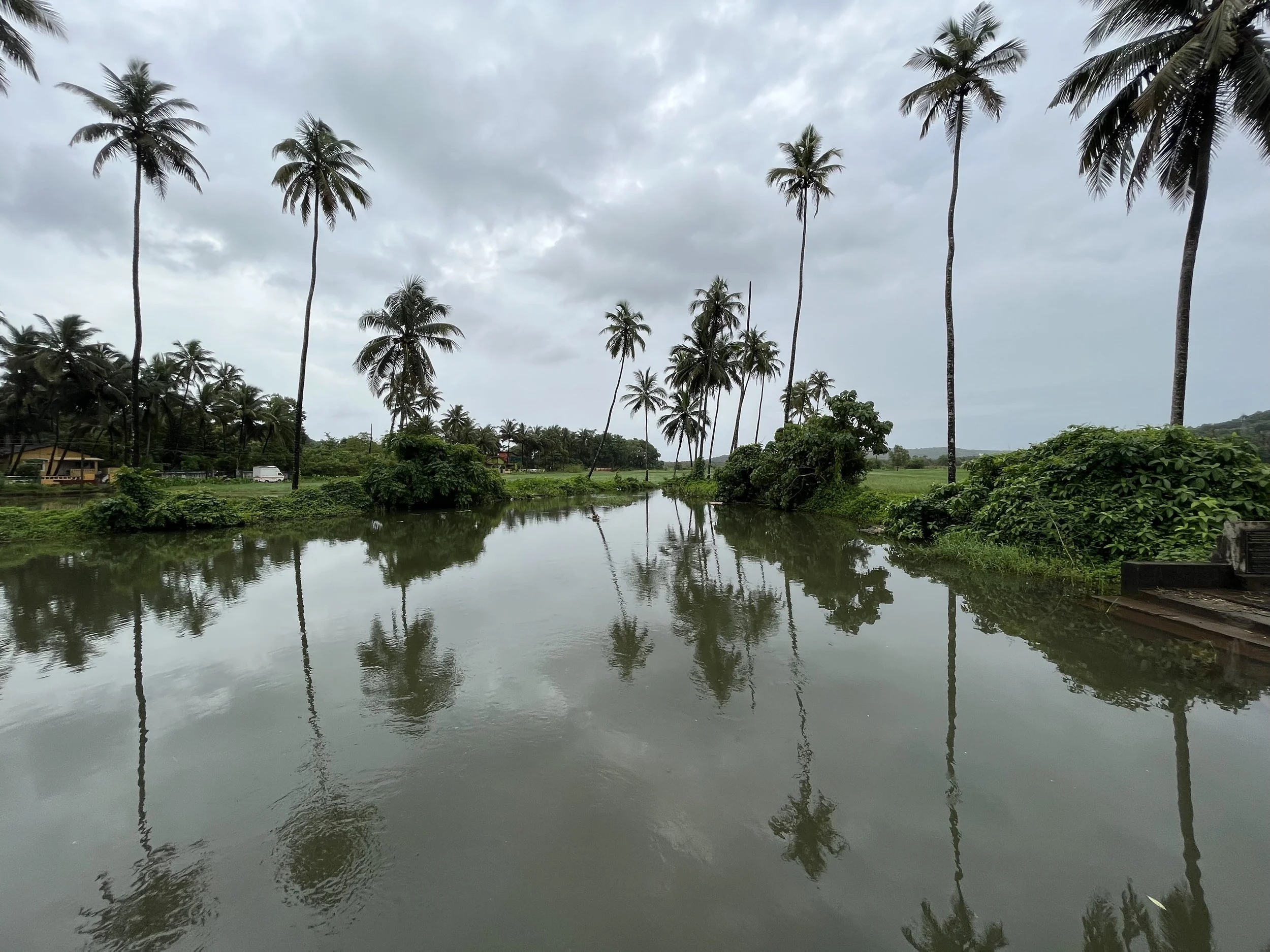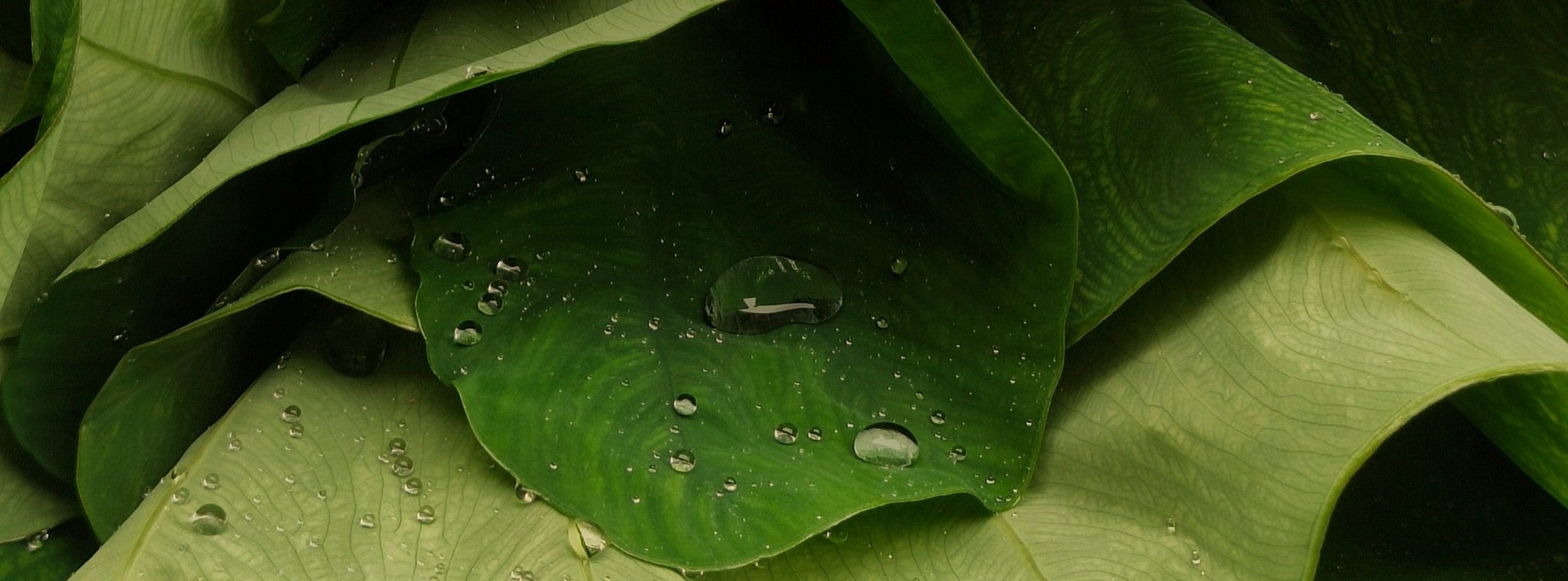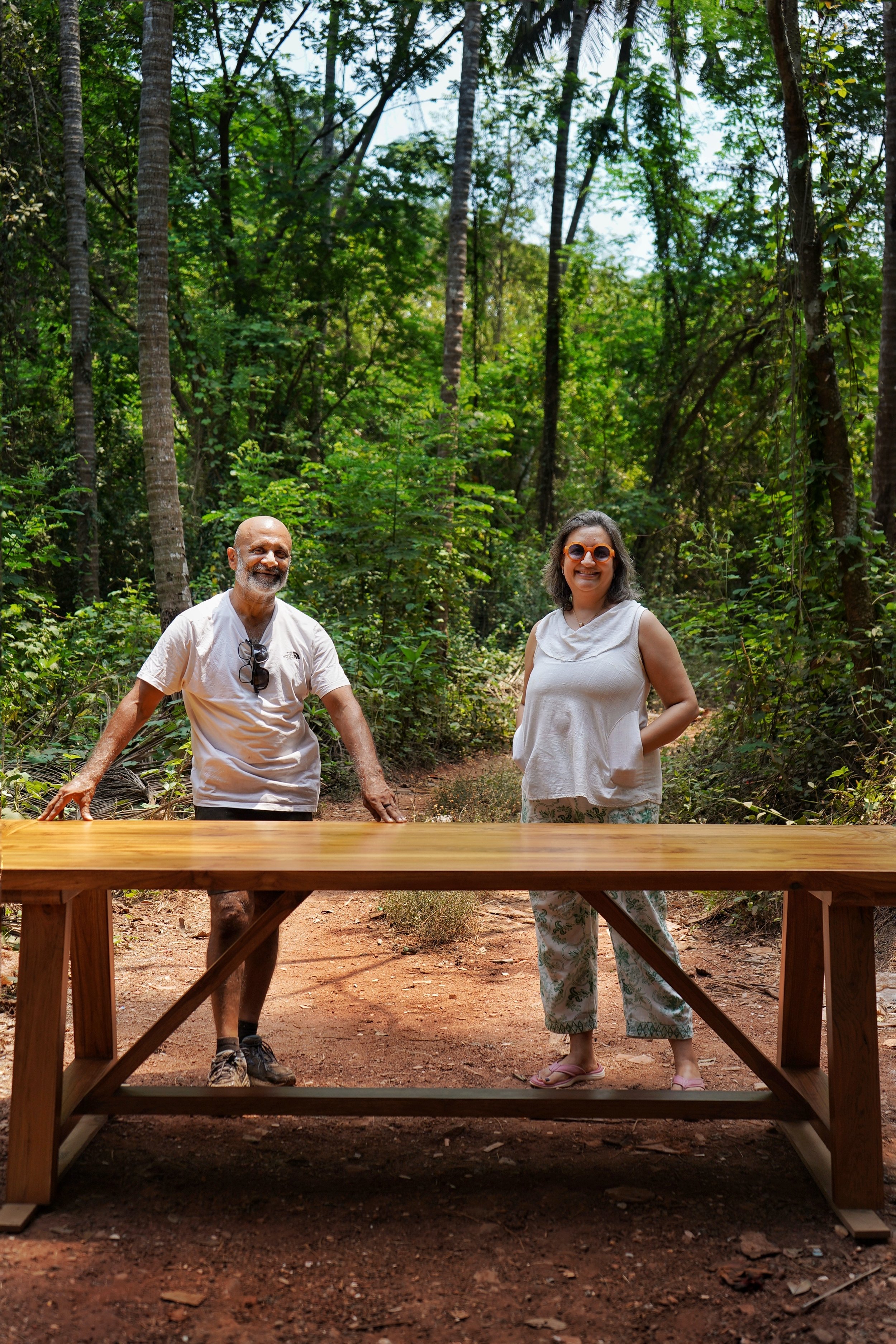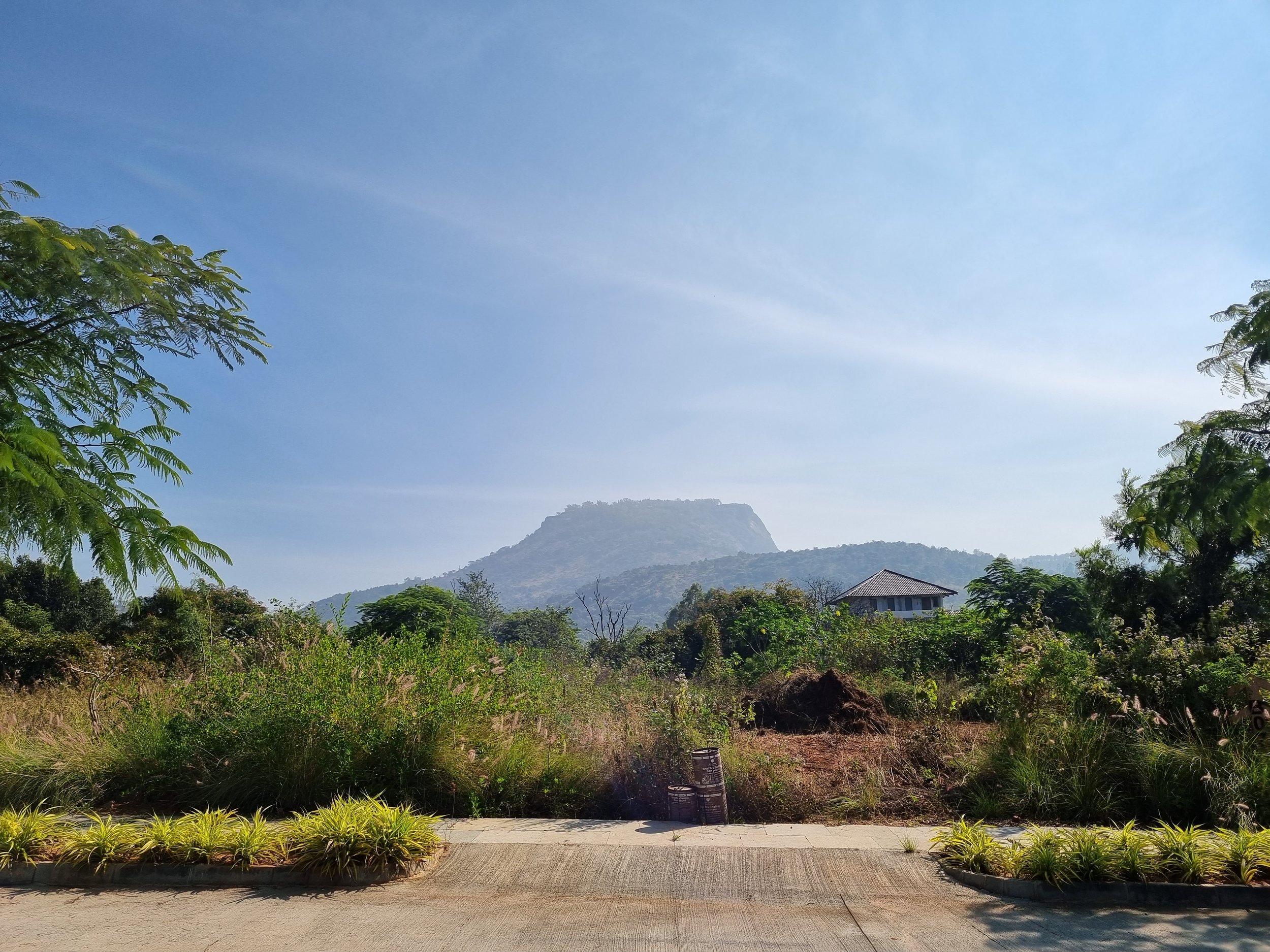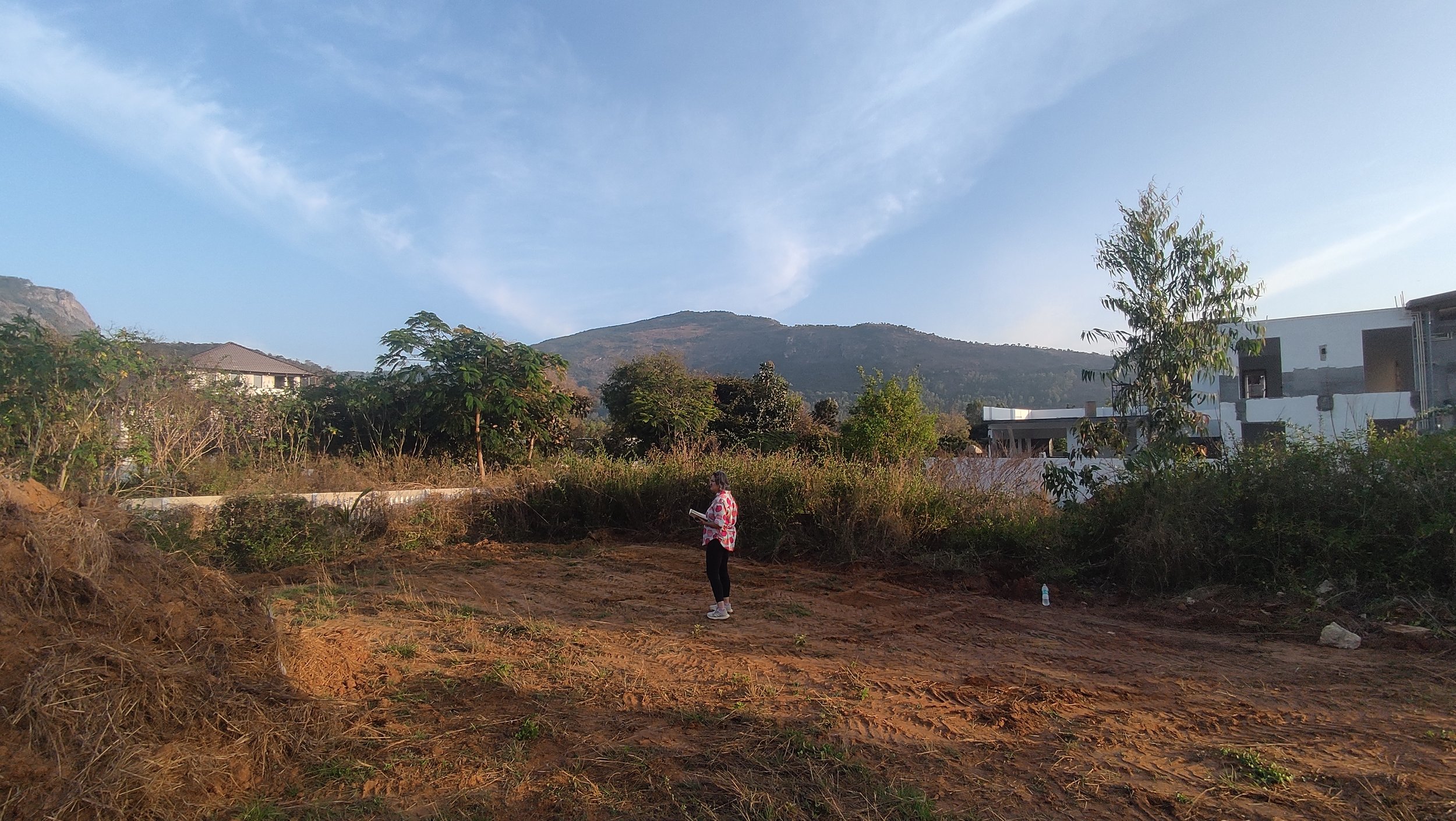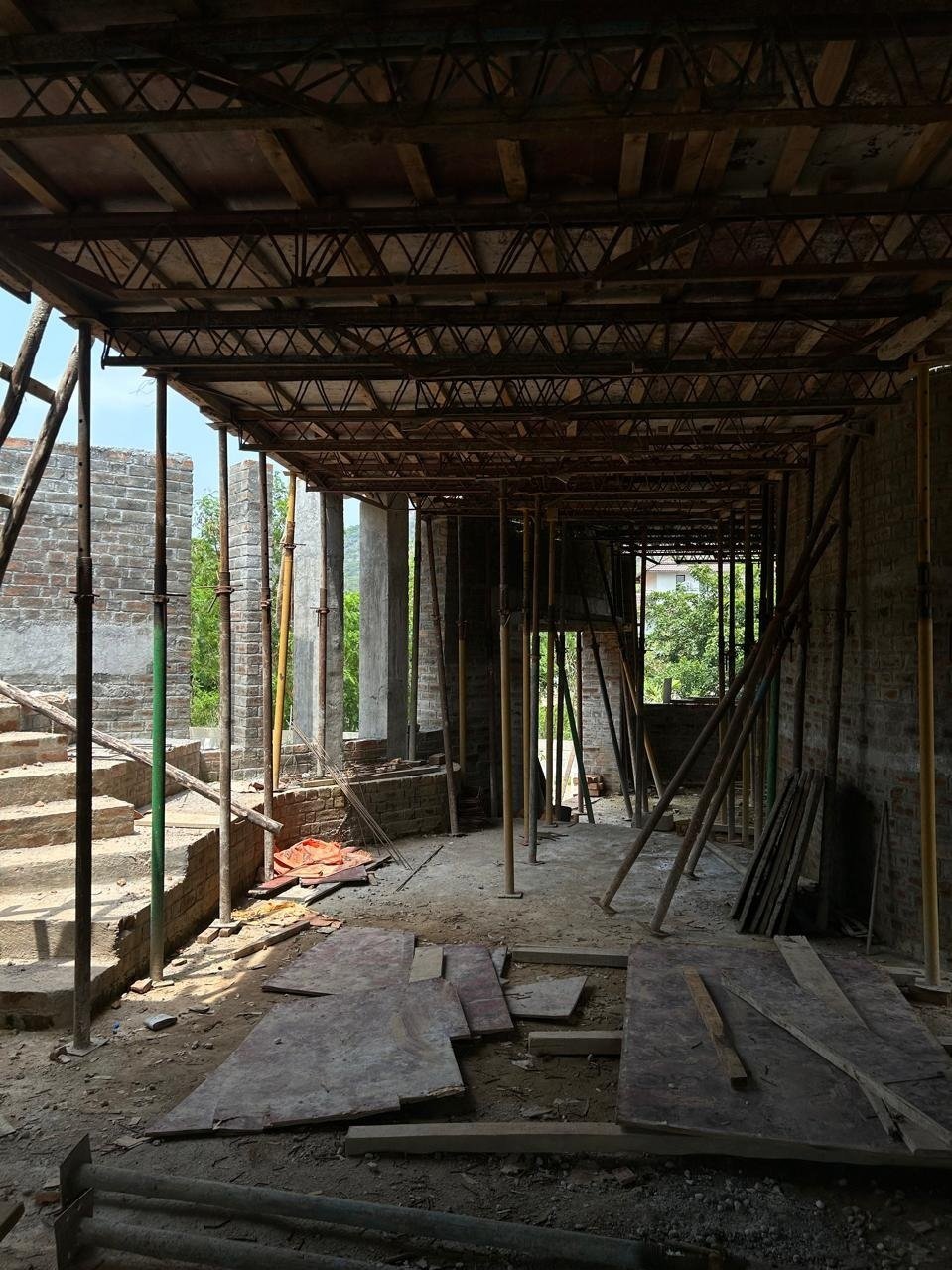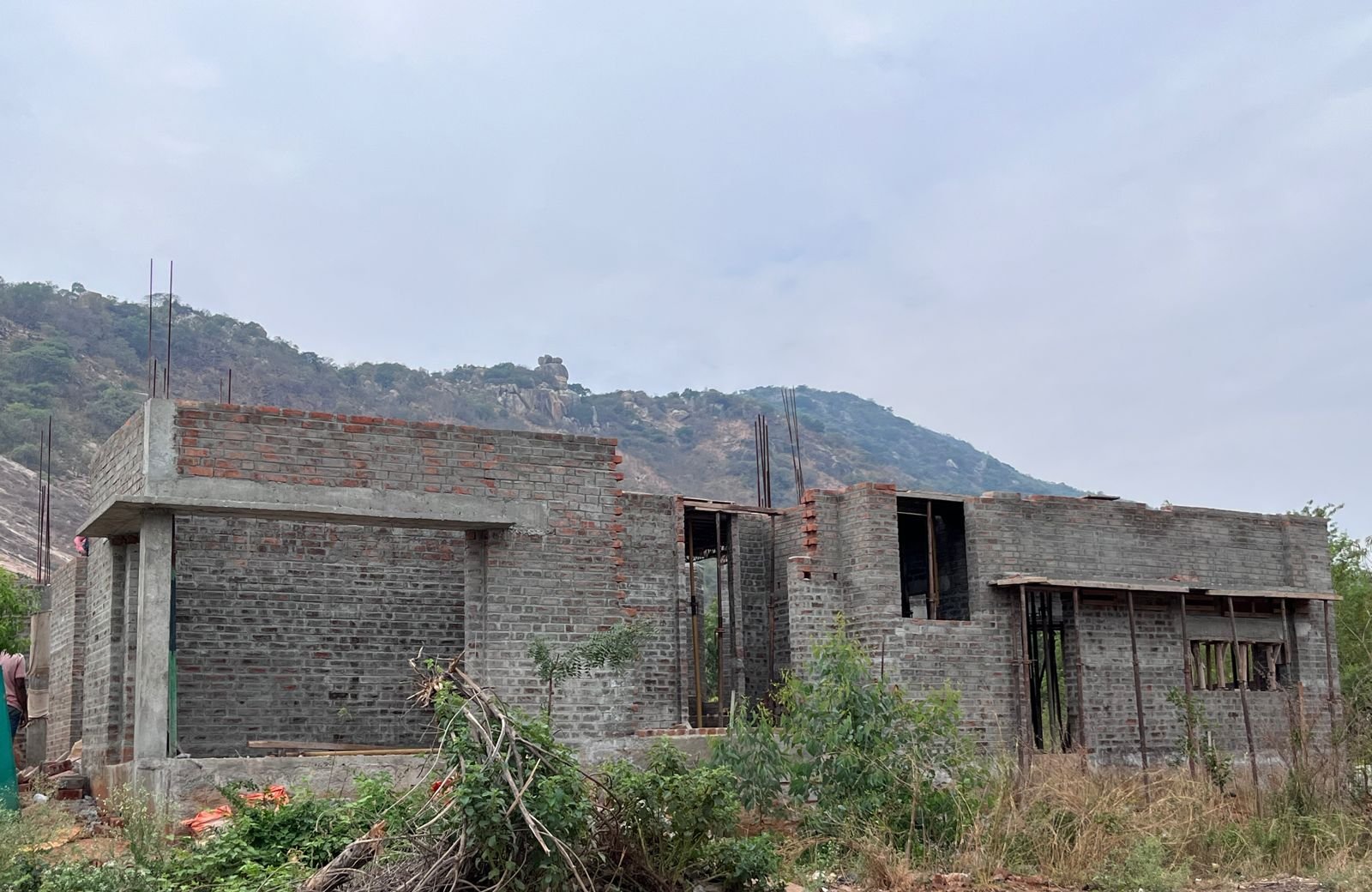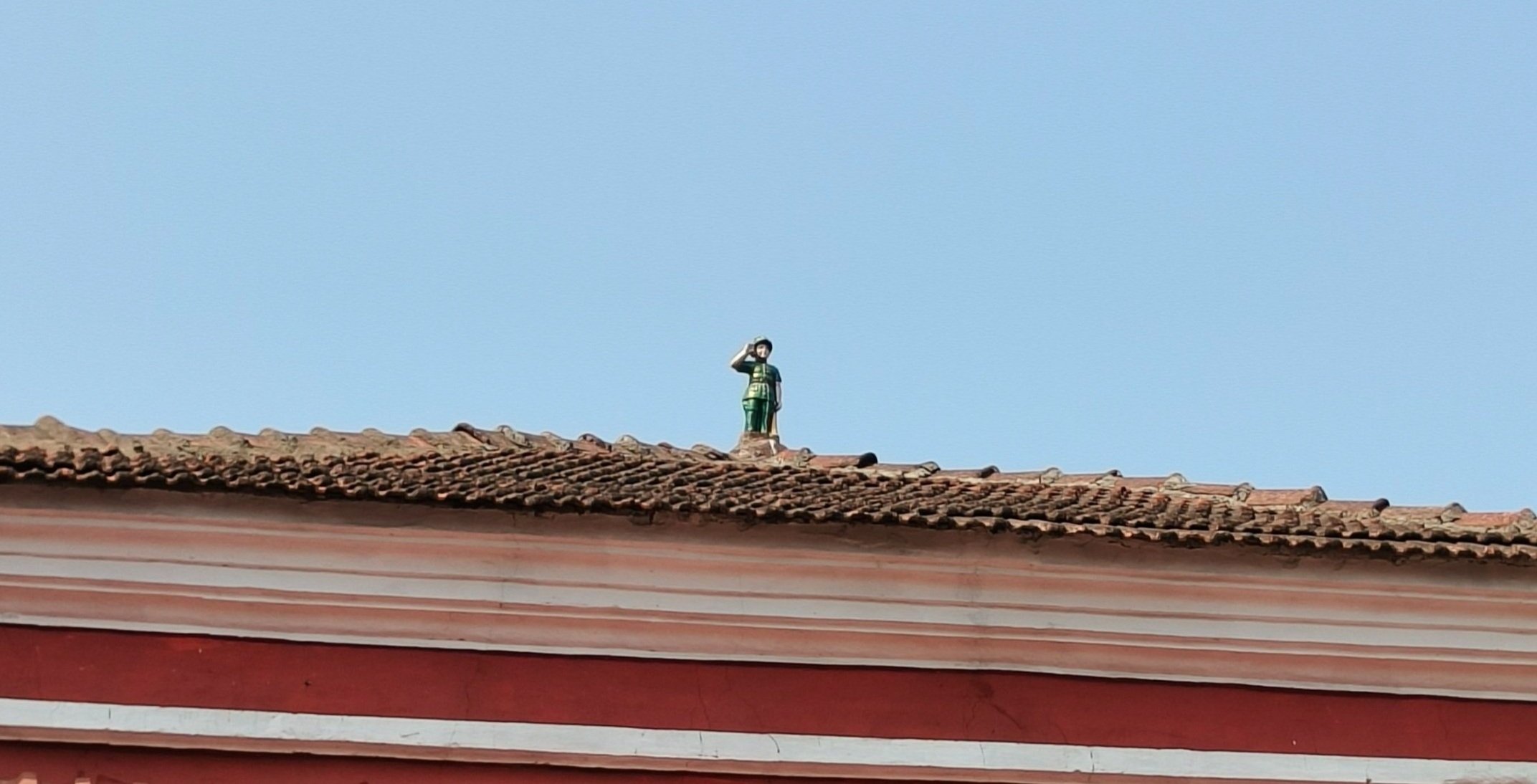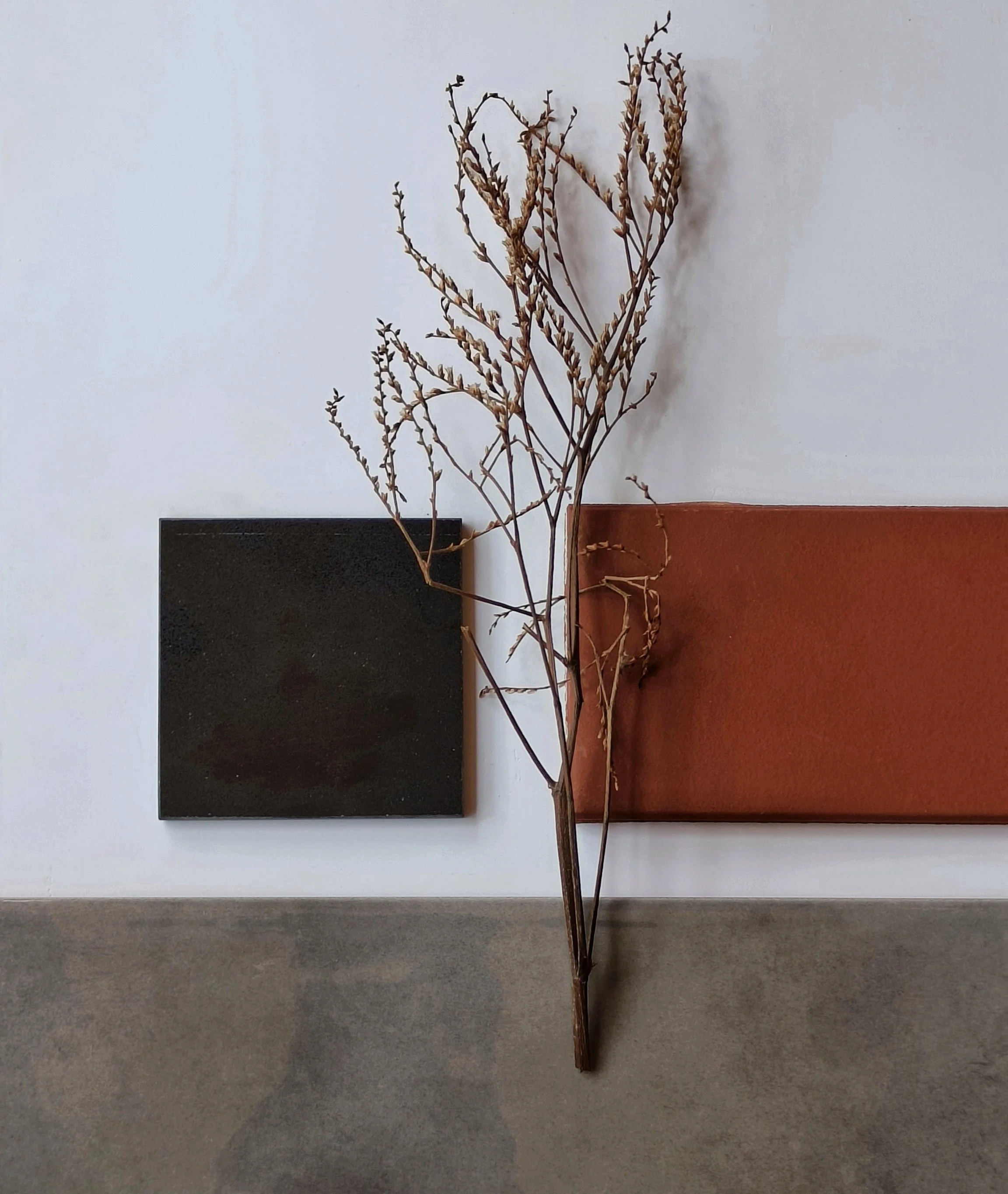Google might suggest that winter is the best time to be in Goa, but have you ever experienced Goa during the monsoons? The weather in Goa during this season is slow and peaceful. Just taking a walk around gives you a glimpse into the everyday life in Goa.
Cloudy sky | Cool breeze | Green landscapes
You can watch people in their daily routines, cycling to places, fishing with a stick near creeks, and simply enjoying the weather. An evening visit to a nearby cafe can be a great way to end the day. Though the monsoons here can get heavy at times, a cup of coffee or tea by your window with a good book captures the essence of ‘Susegad’, the relaxed Goan lifestyle. A big plus is that Goa is less crowded with tourists during this off-season. Monsoon in Goa is a perfect escape from city life, offering a calm and natural retreat.



